The Royal Academy’s Herzog & de Meuron exhibition provides a rare insight into the process of architectural giants. One may observe controversial Olympic stadiums, impressive designer flagship stores and beloved landmarks in their early, miniature forms. There is a good deal of the exhibition dedicated to the firm’s new Swiss hospital project which intends to improve healing through more comfortable, efficient and empathetic design.
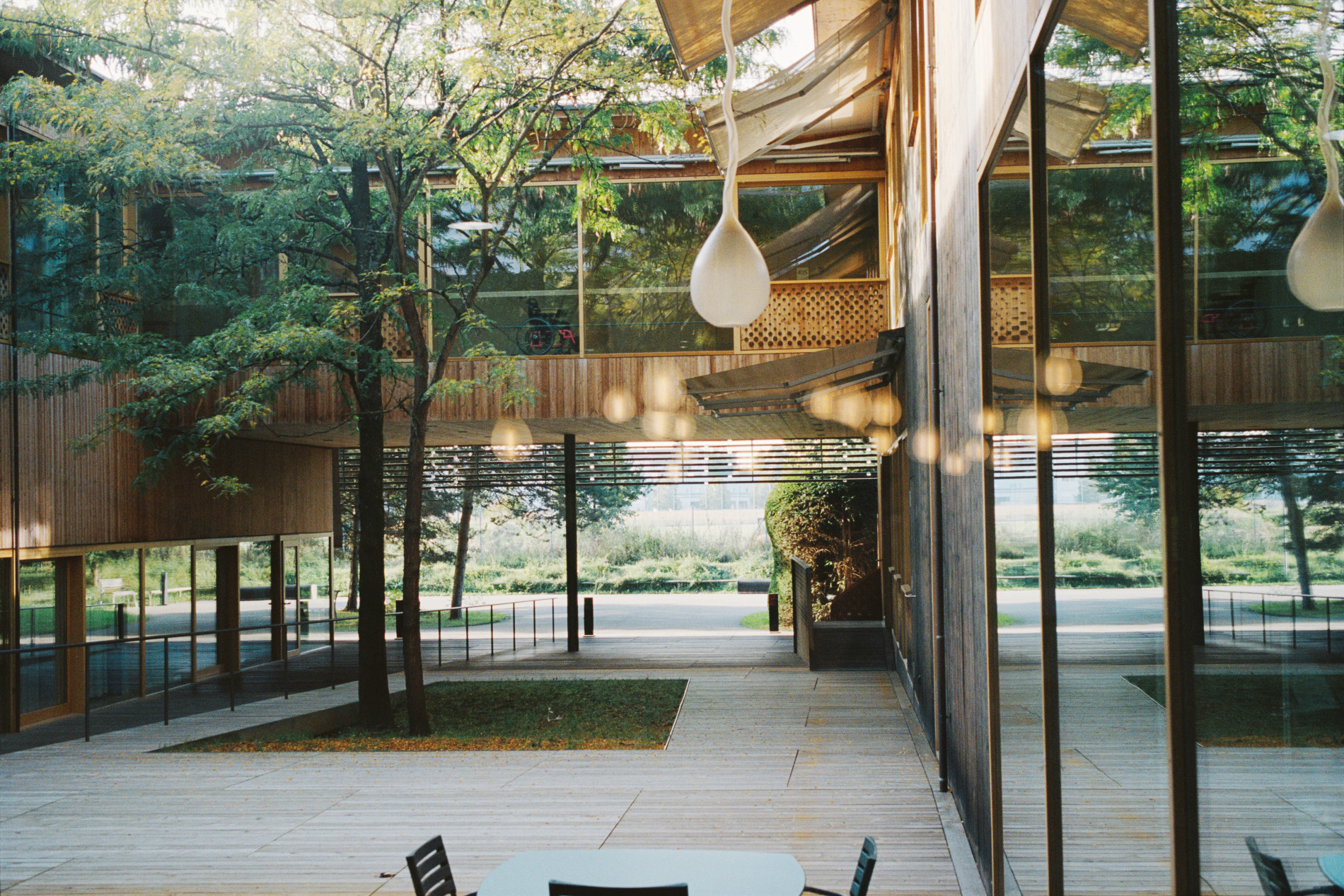
Photo © Katalin Deér.
Architectural exhibitions bring renewed appreciation for the environments we can take for granted. We’re reminded that we live amongst the dreams and visions of thousands of people at different points in history. In recent years, there has been an increased interest among Gen Z about the meaning of our urban landscapes and how we can create places with greater inclusivity and community in mind.
Herzog & de Meuron, who have contributed to London’s modern icons like the Tate Modern, reflect the last fifty years of architecture and what we can expect from the next fifty. Who better to get a deeper understanding of the firm than exhibition curator Vicky Richardson?
What was your path to becoming a curator?
It wasn’t planned, in fact when I was younger I didn’t know this job existed! After school I went to art college for a Foundation in Art and Design, followed by a degree in Architecture. While studying I became very interested in left-wing politics and I decided to become a journalist – I really wanted to be an investigative reporter! But somehow I ended up writing about architecture, and after 15 years as a journalist and editor, I began to get involved in organising events and exhibitions. I realised that curating an exhibition is similar to editing a magazine – when you discover amazing work and talented people you want to share it. Exhibitions are like three-dimensional versions of magazines.
How do you imagine visitors experience the exhibition?
I hope there will be a strong element of surprise, as each of the three rooms of the exhibition is quite different, with a distinct atmosphere and message. There is so much to explore in each room: I hope visitors will get drawn in and get lost in thought as they explore the projects.
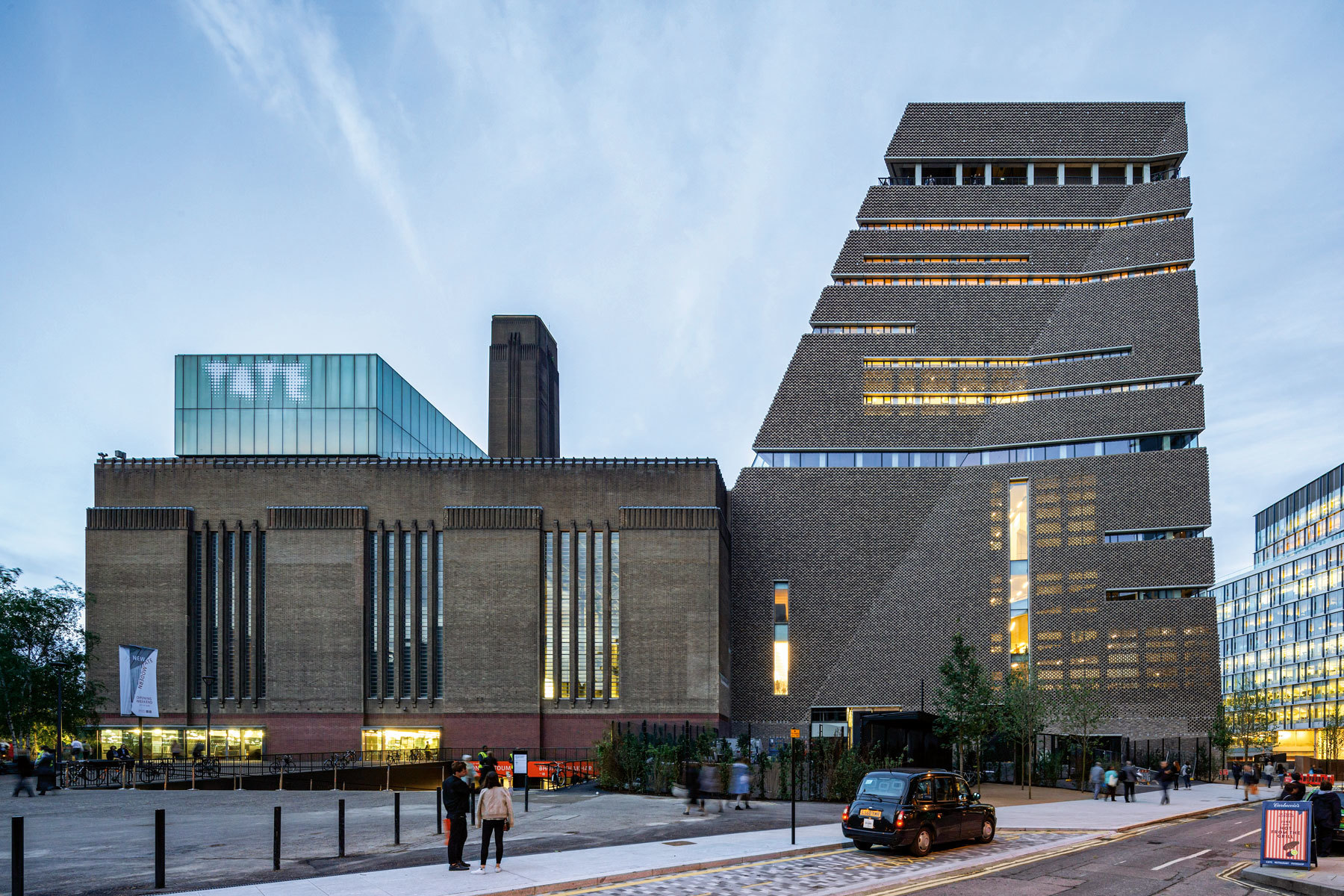
Photo © Iwan Baan
What are the first things you think about when you begin planning an exhibition?
It’s important to start with the objects and the content you want to show. Then it’s a case of thinking about how the work tells a story, and how to use the space available to create a journey through it.
What excites you about sharing the work of Herzog & de Meuron?
They are the most inventive and surprising architecture practice I’ve ever come across. Because they are prepared to question everything, they end up constantly challenging our idea of what architecture can be and what it can do.

Photo: Johannes Marburg
For young people interested in your career, what advice would you have?
Look closely at the world around and go and see lots of different kind of exhibitions. Think about what you like about them. Find stories, ideas and work that excites you and that you want to share with an audience. You can start making exhibitions anywhere –in your living room, or someone else’s!
How does an architectural exhibition differ from other artistic exhibitions at the RA?
With architecture you can’t bring the actual work of art to the gallery, so you have to show the preparatory drawings and models or represent it somehow using film, photography and models. With architecture exhibitions you have to create a bit of theatre, which is exciting.
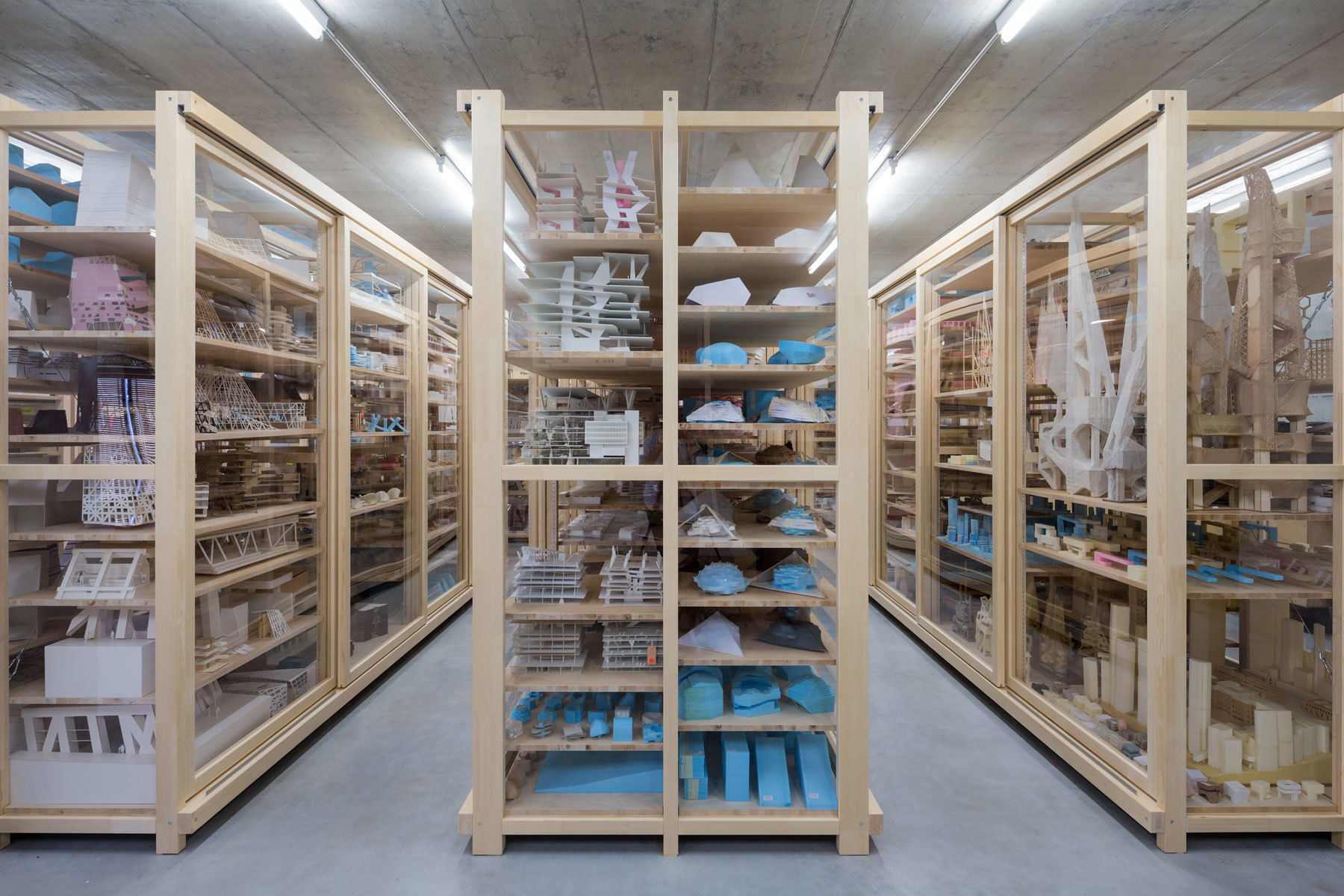
Photo © Iwan Baan
The design models are such a cool insight into buildings we know and love: do you have any favourites?
My favourite is the model of the Prada store in Aoyama, Tokyo. It’s like a very glamorous dolls house with tiny handbags and shoes. But it also shows the amazing way the façade is a set of lenses for magnifying what’s in the shop from the street, and from the inside magnifying views of the city around.
What effect do you think it has when we see a more vulnerable, minute version of these structures?
Models do all kinds of things: some are about testing material and structural ideas, while others are about the scale and form. Ultimately a small model turns the building into an object, which is enticing but very different from the feeling you get of being inside the actual place.
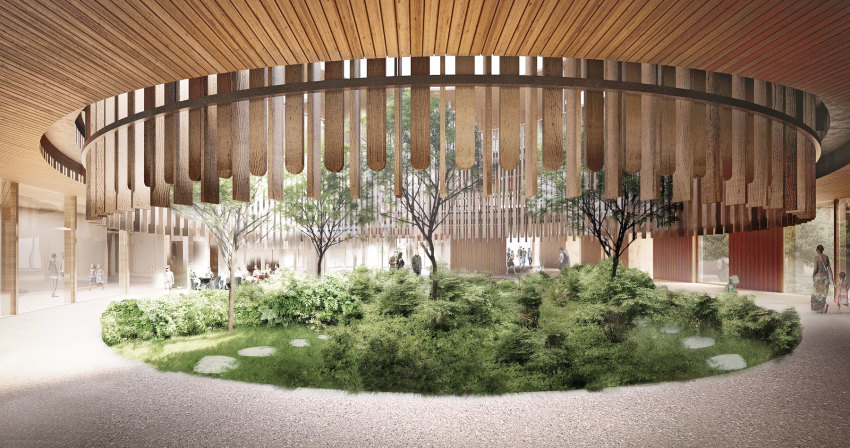
Rendering © Herzog & de Meuron
What led you to incorporate gaming into the exhibition?
Herzog & de Meuron developed a game to help explain the new Children’s Hospital they’ve designed in Zurich. It’s a huge, complex building but once they had developed a 3D digital model, it was straightforward to create the game format. Around 50% of the population is familiar with gaming consoles and how to use them to move through spaces, so it was a useful way to demystify the architecture.
Has working on this exhibition changed the way you interact with public spaces and walking around cities?
It’s definitely made me look up more and notice how strange buildings can be. Herzog & de Meuron has designed a few projects that look totally surreal – for example the Schaulager in Basel which is simultaneously prehistoric and sci-fi. It’s made me think that we need more weird buildings in cities!
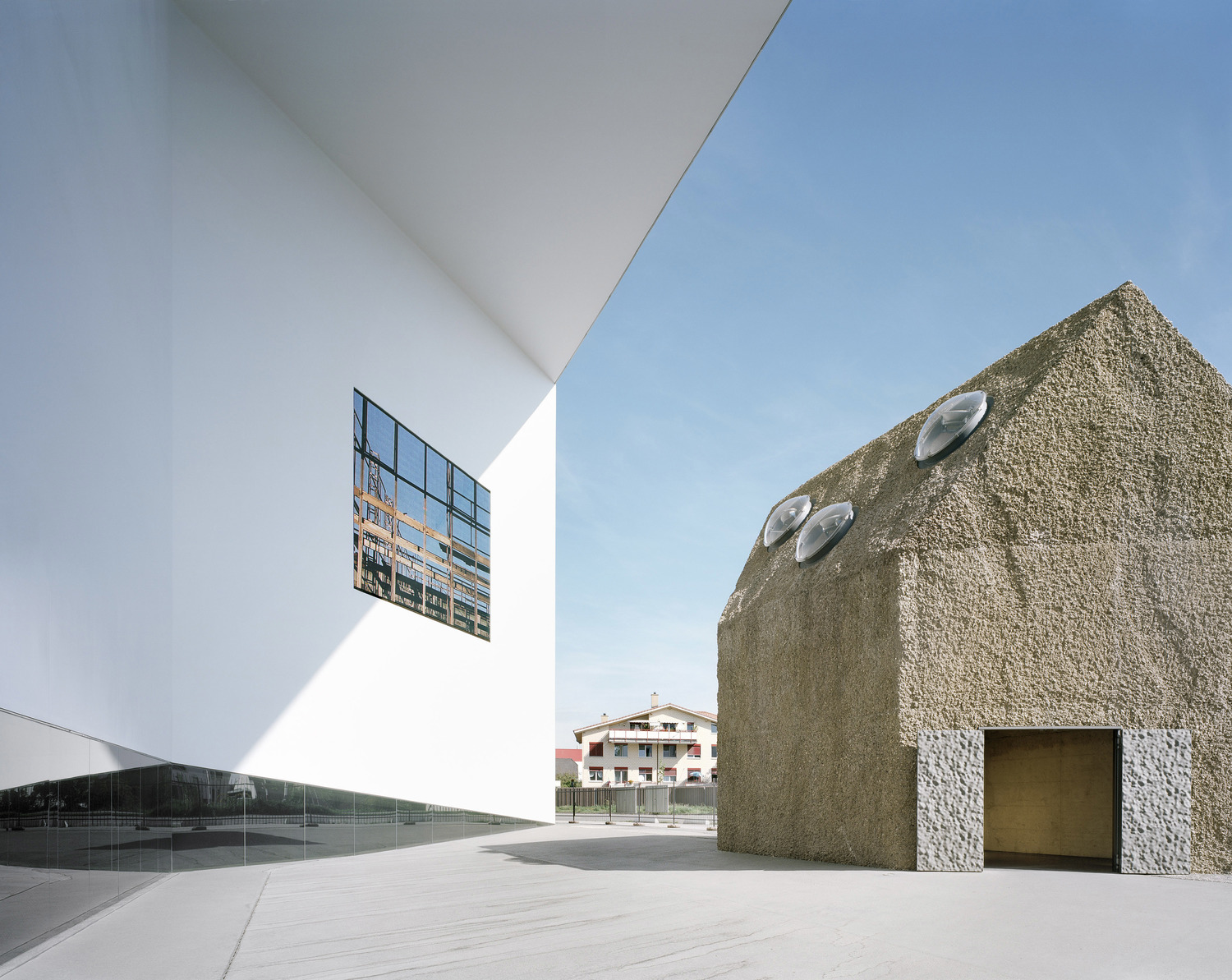
Catch the exhibition at the Royal Academy until 15th October
